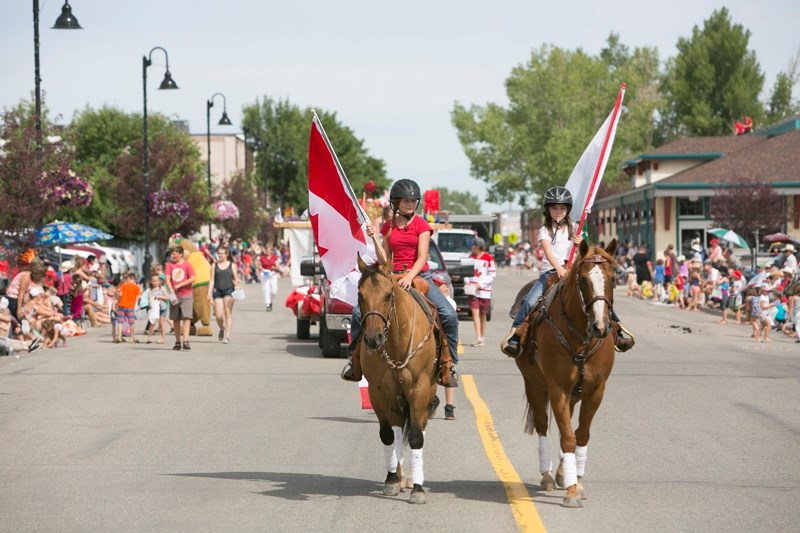CARSTAIRS - Council has reviewed and adopted a new event emergency response plan for the municipality, outlining conditions organizations must follow when hosting activities in town.
It includes a requirement for comprehensive first-aid preparations and planning.
The approval of the plan came by way of motion at a recent, regularly scheduled Town of Carstairs council meeting.
The plan was prepared by administration and reviewed by committee prior to coming before council for considerations on Nov. 14, said chief administrative officer Rick Blair.
“For any large event in town we’d like to make sure that we have an emergency response plan, especially for the larger events,” Blair told the Albertan. “What precautions are being taken if anything medical happens and all those sorts of things. We want to make sure those details are submitted for both our CPOs (community peace officers) and our emergency preparedness.”
The plan builds and expands on a policy that is already in place in the municipality, he noted.
The 11-page plan includes a form event organizers must complete and submit to the Town of Carstairs for approval.
The first aid section of the plan states: “At a minimum, an event should have a well-stocked first aid kit to respond to minor emergency situations, as well as an active cellphone on hand to call 911 when it is required. The first step in determining the level of first-aid support required for an event is to identify the potential risks and medical needs for the event.
“This involves reviewing the type of activities being conducted at the event, the event environment, demographics and special needs of the attendees, as well as the ability of staff and volunteers to provide these services.”
Considerations that must be made when preparing the first aid plan include the level of first aid responders required for the event (ie: volunteer, paid medical, EMS), shelter location for casualties while waiting for emergency response to arrive, emergency access routes, and plan for site safety mitigation to prevent injuries from occurring.
The Hazards & Risk Identification section states: “Based on the type of event, venue and audience identify hazards, risks and threats and develop a mitigation plan for the protection of life, property and the environment. Potential risks include extreme weather, medical emergencies, lost person and environmental spills.”
Hazards can include medical emergencies, crime-related emergencies, infrastructure failures, and alcohol service-related incidents such as impaired driving, intoxications and sexual assault risks, the section states.
The Event Details section requires that organizers provide details such as dates and times, the purpose of the event, specific locations, expected attendance numbers and demographic of attendees, parking details, set-up and take-down times, a basic event schedule, what kind of food and beverages will be served, if any, whether alcohol will be served, and if merchandise will be sold.
The Contact Information section requires a listing of all key event participants, including first aid provider, event emergency coordinator and other positions such as community contact and security.
The Communications Plan section includes a requirement to provide details on how volunteer and staff are going to be made aware of emergency procedures.
The section also requires organizers to “indicate roles and responsibilities during an emergency or disaster. Identify each responder’s position, duties and reporting relationship. Sufficient details should be provided to ensure that all critical activities are covered. If checklists are used they should contained sufficient detail to ensure that all crucial activities are considered.”
The Vehicle & Pedestrian Traffic Plan section states: “A pedestrian traffic plan is required when the movement of people in and around the event poses a possible risk to public safety. This plan should also predict what ingress and egress will look like at the beginning and end of the event when large groups of people are arriving/leaving at the same time.”
The Crowd Management sections states: “Efforts should be made to minimize pinch points or areas where a crowd of people can be trapped or crushed in a panic situation. Entrances and exists should be well marked, unobstructed and staffed where appropriate.”
Additional information or emergency response procedures not outlined in the plan may also be required depending on the nature of activities or infrastructure involved in an event.



